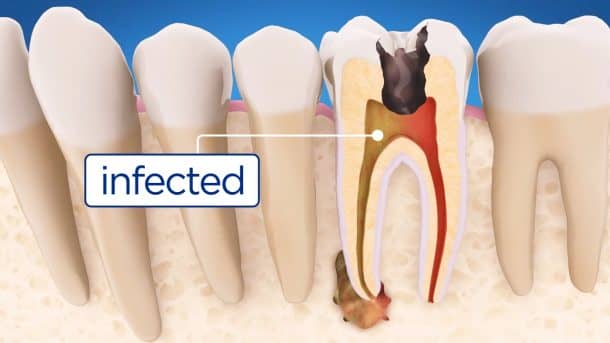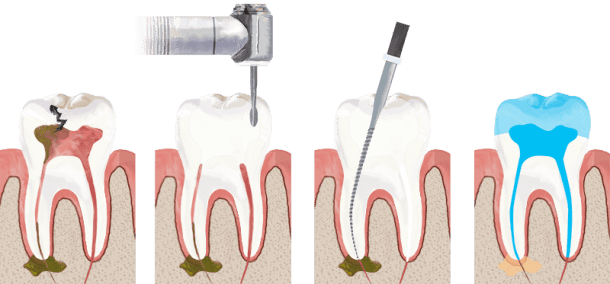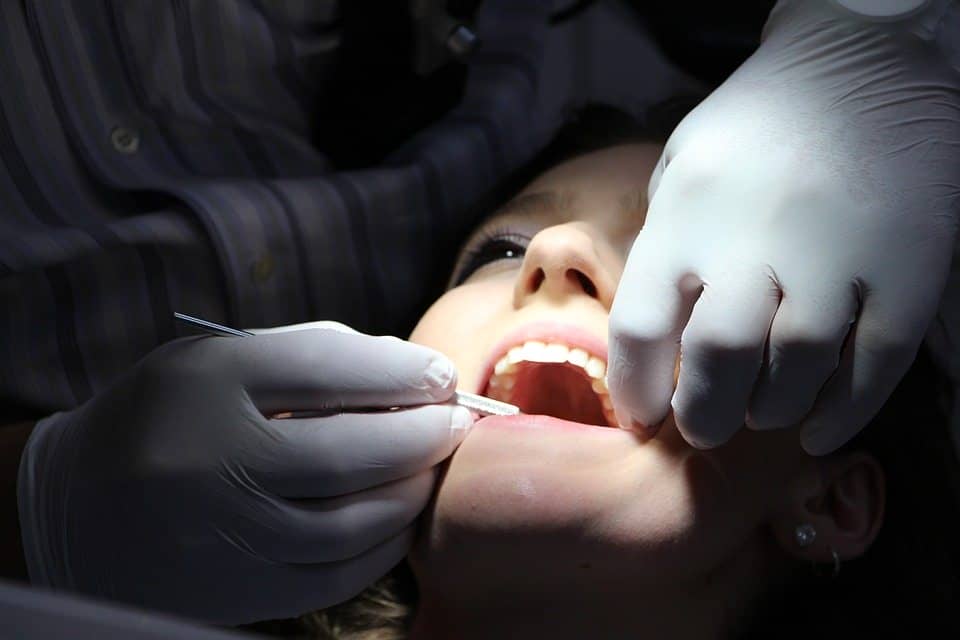The world is advancing rapidly, but that is not a lot of help with the tooth that you just lost to decay. The best you can do is drill down your molar and fill up that cavity with a dead filling and hope for your tooth to last there for long. Fortunately, researchers from the Universities of Nottingham and Harvard found a way to make our teeth heal themselves with regenerative dental fillings.
A rotting tooth is best treated with a root canal in today’s world, and the molar drilling is often more harmful to the tooth. Adam Celiz, a Marie Curie research fellow at the University of Nottingham, says,
“Existing dental fillings are toxic to cells and are therefore incompatible with pulp tissue inside the tooth. In cases of dental pulp disease and injury a root canal is typically performed to remove the infected tissues.”

Dentin is the calcified bony material that is one of the four major components of a tooth, the other three being enamel, cementum, and pulp. The regenerative fillings use stem cells that stimulate dentin growth. A person with a decaying tooth can have the self-healing tooth that can recover what is lost.
“We have designed synthetic biomaterials that can be used similarly to dental fillings but can be placed in direct contact with pulp tissue to stimulate the native stem cell population for repair and regeneration of pulp tissue and the surrounding dentin,” Celiz added.

The team participated in the Royal Society of Chemistry’s Emerging Technologies Competition 2016 in the category ‘materials’ and won the second position.
Regeneration is an ability the star fish is best known to have, but it is not the only animal to have it. Spiders can regrow their legs, salamanders their tails, and deer their antlers. Humans have been unable to achieve this ability so far.
The number of amputee soldiers rose as they become victims of road side bombs in Afghanistan and Iraq. Hence, the U.S. military began to consider the potential of artificially induced regenerative properties. The issue was brought to light at the symposium on Military Health System Research held on August 28, 2017.
“We’re not quite there yet,” said the Army Lt. Col. David Saunders. “What we’re trying to do is develop a toolkit for our trauma and reconstructive surgeons out of various regenerative medicine products as they emerge to improve long-term outcomes in function and form of injured extremities.”
The secret to salamander’s regenerative abilities was found to be hidden in the ten microRNA, and scientists hope to program the human microRNAs to possess the same abilities. As our skins can regenerate, we are not quite deprived of the ability. Moreover, if the scientists push it well enough, our teeth or even our limbs can be imparted the super powers of regeneration.
An alternative to the painful and scary root canal treatments? Yep! I’d take that in a heart beat.


